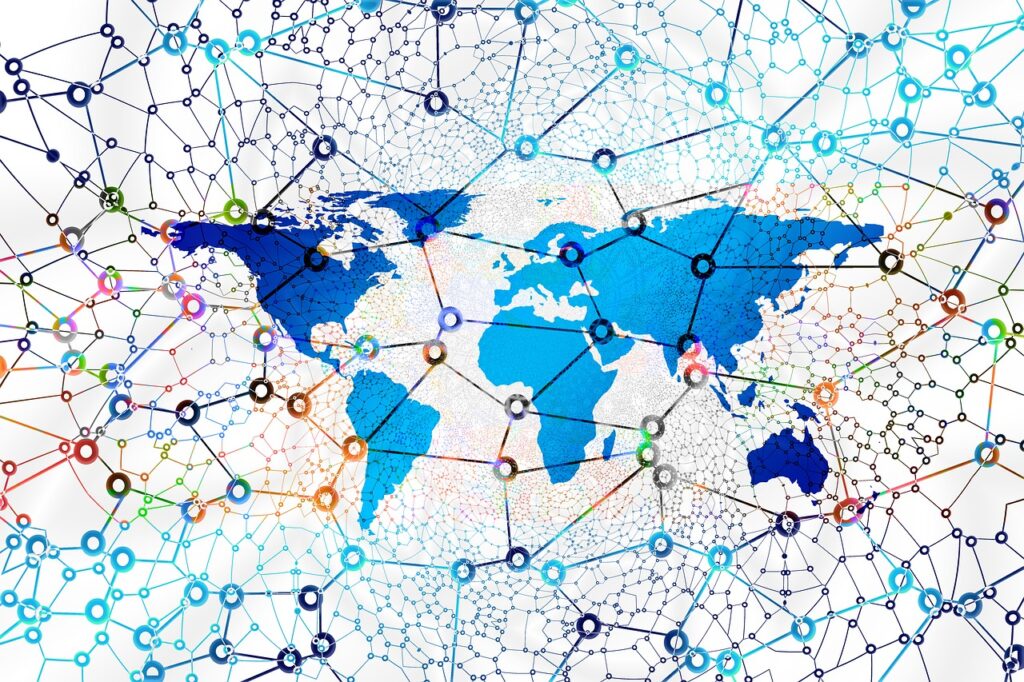
As businesses face an increasingly volatile global economy, supply chain resilience and optimization have become more critical than ever. From disruptions caused by geopolitical tensions to the ongoing effects of climate change, 2025 promises both challenges and opportunities in supply chain management.
This blog explores why supply chain resilience is essential, strategies for optimization, and how businesses can position themselves for long-term success.
The Importance of Supply Chain Resilience
- Mitigating Disruptions
Unanticipated events such as natural disasters, pandemics, or political instability can bring operations to a halt. A resilient supply chain ensures continuity during crises.
Example: Businesses with diversified suppliers experienced less disruption during the COVID-19 pandemic compared to those reliant on single sources.
Adapting to Market Dynamics
Consumer demands are evolving rapidly, and businesses must pivot quickly to stay competitive. A flexible supply chain allows for quicker adaptation to market changes.Economic and Political Uncertainty
With a new political climate in 2025, potential changes to tariffs, trade agreements, and regulations could significantly impact supply chains. Businesses that proactively prepare can navigate these shifts more effectively.
Key Areas for Supply Chain Optimization
- Technology Integration
Digital tools such as AI, IoT, and blockchain can enhance visibility, predict disruptions, and streamline operations.
Example: IoT sensors monitoring inventory levels in real-time enable businesses to avoid stockouts or overstocking.
- Diversifying Suppliers and Locations
Relying on a single supplier or region increases vulnerability. By diversifying, businesses reduce the risk of disruptions.
Example: A company sourcing raw materials from multiple continents can maintain production even if one region faces supply chain issues.
- Sustainability Initiatives
Adopting eco-friendly practices not only meets consumer expectations but also reduces risks associated with environmental regulations.
Example: Companies investing in renewable energy for transportation and production can lower costs and enhance brand reputation.
- Enhanced Risk Management
Developing robust risk assessment and mitigation strategies ensures preparedness for unexpected challenges.
Example: Conducting scenario planning helps identify potential vulnerabilities and develop contingency plans.
Steps to Build a Resilient and Optimized Supply Chain
- Assess Current Supply Chain Performance
Identify bottlenecks, inefficiencies, and vulnerabilities in your existing processes.
Actionable Steps:
- Map your supply chain from end to end.
- Analyze lead times and costs.
- Engage with suppliers to understand their challenges.
- Invest in Advanced Technologies
Leverage tools that provide real-time data, predictive analytics, and automation.
Recommended Technologies:
- AI & Machine Learning: For demand forecasting and inventory management.
- Blockchain: For improving transparency and traceability.
- Robotic Process Automation (RPA): For automating repetitive tasks.
- Strengthen Supplier Relationships
Collaborating closely with suppliers fosters trust and ensures better communication during disruptions.
How to Strengthen Relationships:
- Conduct regular performance reviews.
- Negotiate long-term contracts for stability.
- Share data to improve forecasting accuracy.
- Adopt Agile Supply Chain Practices
Flexibility is key to responding to market changes and unforeseen challenges.
Strategies for Agility:
- Implement just-in-time (JIT) inventory systems.
- Use modular production techniques.
- Build buffer stock for critical components.
- Prioritize Workforce Development
A skilled workforce is essential for implementing and managing an optimized supply chain. Invest in training programs to equip employees with the latest tools and techniques.
Overcoming Common Challenges
High Costs of Technology Implementation
While advanced technologies require significant investment, the long-term benefits in efficiency and risk reduction often outweigh the costs. Consider phased adoption to spread expenses.Resistance to Change
Employees and partners may be hesitant to adopt new systems. Address concerns through transparent communication and training.Regulatory Compliance
Staying compliant with international trade regulations can be complex. Regularly review policies and consult with legal experts to avoid penalties.
The Benefits of a Resilient and Optimized Supply Chain
Improved Customer Satisfaction
A reliable supply chain ensures timely delivery, enhancing customer trust and loyalty.Cost Savings
Streamlining processes and reducing waste translates to significant cost reductions.Competitive Advantage
Businesses with robust supply chains can seize market opportunities faster than their competitors.
Supply Chain Resilience in 2025: Preparing for the Future
With a new year and potential shifts in political and economic landscapes, supply chain resilience should be a top priority for business leaders. By embracing technology, diversifying suppliers, and adopting agile practices, companies can build supply chains that withstand disruptions and adapt to new opportunities.
The challenges of 2025 will test the resilience of global supply chains, but they also present a unique opportunity for businesses to innovate and optimize. A resilient and optimized supply chain isn’t just a necessity for navigating uncertainties—it’s a strategic asset for driving growth and success.
As the new year approaches, now is the time to evaluate your supply chain, identify areas for improvement, and invest in strategies that ensure your business is ready for whatever lies ahead.
